Washing machine with wool removal function
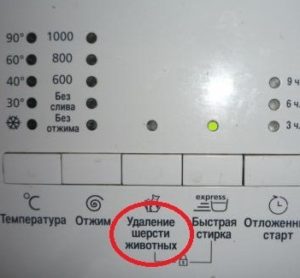 If a dog or cat lives in the house, then everything around is necessarily covered with hair. The clothes of the owners are no exception - the lint clings to the fabric, and when washed it inevitably settles in the washing machine. The more often things are washed, the higher the risk of blockages and breakdown of the machine. It is not easy to constantly clean your washing machine from blockages, and it seems that a machine with the function of removing animal hair will be your salvation. Are there such models and what is their “salt”, we will tell you in more detail.
If a dog or cat lives in the house, then everything around is necessarily covered with hair. The clothes of the owners are no exception - the lint clings to the fabric, and when washed it inevitably settles in the washing machine. The more often things are washed, the higher the risk of blockages and breakdown of the machine. It is not easy to constantly clean your washing machine from blockages, and it seems that a machine with the function of removing animal hair will be your salvation. Are there such models and what is their “salt”, we will tell you in more detail.
Do similar machines exist?
Dealing with wool in everyday life is very difficult - due to static electricity, the hairs strongly “cling” to the fibers. It’s even more difficult with a washing machine, since the lint is not washed down the drain, but settles at the bottom of the tank, clogs into the pressure switch tube and blocks the pump impeller. The result can be disastrous - the machine stops and dirty clothes.
There are two options: constantly clean the washing machine or purchase a special smart model that can independently deal with stuck hair. The effectiveness of the latter has not been officially confirmed, but they say that there is a result. A striking example of such an improved “assistant” is Beko WKB 61041 PTMSC.
The function of the same name is responsible for removing animal hair on the WKB 61041 PTMSC. The manufacturer claims that the option allows you to remove hairs remaining on clothes due to the additional washing scheme. So, after its activation, the system adds soaking and additional rinsing to the program cycle. The washing machine takes 30% more water, cleans lint more effectively and washes the equipment itself.
The function of removing animal hair from clothes involves adding a soak and an additional rinse to the selected cycle.
In addition to hair removal, Beko WKB 61041 PTMSC offers:
- convenient installation due to the removable cover;
- simultaneous washing of up to 6 kg of dry laundry;
- electronic control and digital display;
- spin up to 1000 rpm;
- 16 programs;
- Delay start timer for 24 hours.
The BEKO WKB 61041 PTMSC front washing machine will also offer partial protection against leaks, a child lock on the panel, and control of imbalance and foam formation. Features include self-cleaning and a Hi-Tech heating element protected from scale. The body of the washing machine is of an unusual silver color, the loading hatch is 30 cm in diameter, and the energy consumption and washing efficiency indicators are at a high level.
Keeping the filter clean
If it is not possible to test the effectiveness of Beko or another modern machine with a wool removal function, you will have to act differently. In other words, regularly clean the siralka from hairs, preventing them from clogging the “insides” of the unit. This is not difficult to do, the main thing is to know where most of the garbage that gets into the drum accumulates.
Most often, all the hair washed off from clothes ends up in the garbage filter. This is a plastic spiral-shaped nozzle, the task of which is to contain foreign objects and debris, preventing them from entering the pump. To clean the “spiral” you need to:
- disconnect the washing machine from communications, power and water supply;
- slightly move the unit away from the wall, and then tilt the equipment back (so that the front legs rise from the floor by 5-7 cm);
- find the technical hatch door behind which the garbage filter is hidden (usually located in the lower right corner of the case);
- use a flat-head screwdriver to pry up the hatch door, press out the plastic latches and holders and remove the panel;
- place a basin under the garbage filter;

- pull out the emergency drain tube and drain the remaining water in the washing machine;
- carefully unscrew the garbage filter, working counterclockwise;
Be prepared for dirty water to pour out of the filter when you unscrew it!
- inspect the filter and start cleaning it (if necessary, soak in lemon solution, treat with soap and a toothbrush, and then rinse under the tap);
- assess the contamination of the hole freed from the filter (adhered dirt is removed from the walls);
- shine a flashlight through the hole and inspect the pump impeller (if hair and wool are wound around the blades, then the “tangle” is removed with your hand or wire).
The cleaned debris filter is returned to the prepared “nest”. We twist it clockwise until it stops, and then close the hatch, empty the basin and lower the washing machine into place, connecting it to the communications. Be sure to run a test cycle by turning on a quick wash or rinse. If leakage is noticeable, it means that the spiral is twisted weakly, and you need to repeat the procedure.
Level sensor tube
Wool that gets into the washing machine also likes to settle in the pressure switch tube. This “neighborhood” leads to incorrect operation of the latter, which greatly affects the quality of the wash. In the best case, the washing machine draws less or a little more water, in the worst case, it refuses to wash and displays a corresponding error on the display.
Clean the water level sensor as follows:
- disconnect the washing machine from the power supply;
- Unscrew the bolts holding the top cover;
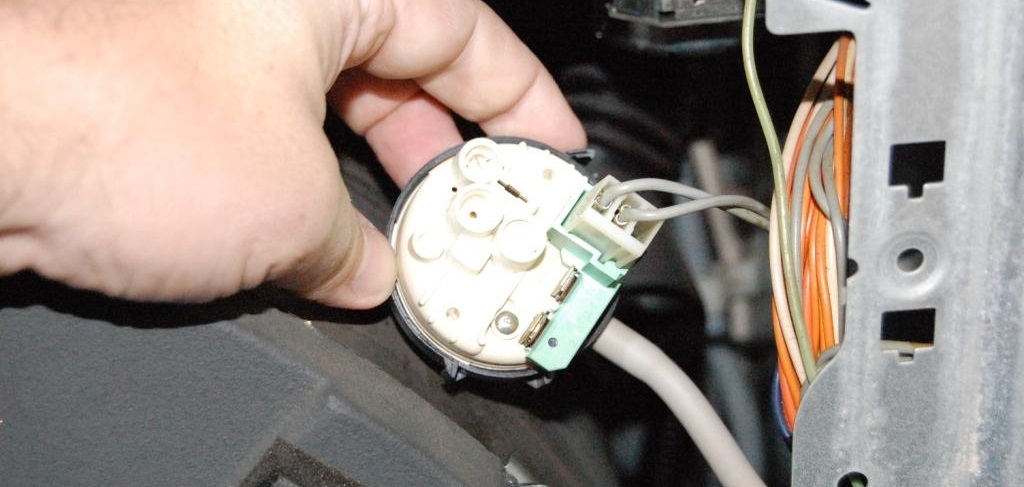
- we find the pressure switch - a black plastic “washer” located on the right;
- unhook the sensor from the fasteners and pull the tube out of the tank;
- disconnect the hose from the sensor and blow it out.
All that remains is to return the sensor to its place, fix the cover, connect the washing machine to the power supply and start the test cycle. If the error disappears and the tank is full, it means the cleaning was successful.
Interesting:
Reader comments
- Share your opinion - leave a comment
Categories
Washing machine repair


For buyers

For users

Dishwasher

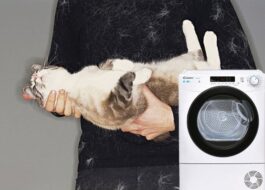
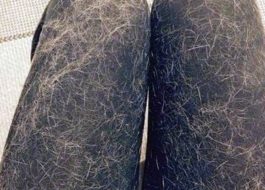
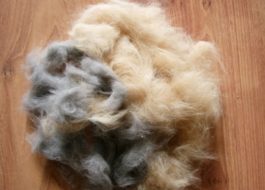













Add a comment